‘Secular’ governance is compatible with both democracy and authoritarianism
An excerpt from Secularism as Misdirection: Critical Thought from the Global South, by Nivedita Menon
In the performance of a magic trick, misdirection involves drawing attention away from where the trick is happening to another place, or to other objects that are made to appear more fascinating. In this book, I address how the master discourse of secularism and the grid of meanings it produces affects such a misdirection. The field of meaning that “secularism” invokes structures our vision— making certain objects and features hypervisible while obscuring others that are critical factors in contemporary politics and intellectual production.
I start with two key instances of misleading hypervisibility— “religion” and “women”. Here I explore the intertwined issues around religion, state, women, and secularism. On the one hand, there is the assumption—in debates around secularism in the twentieth and early twenty-first centuries—that a specific field, separate from politics and the state, recognisable as religion, is self-evident, and that modern politics is manifested in establishing a wall between the two. On the other hand, there is the assumption that religion is made visible primarily on the bodies of women; and that the process of defining religion and religious freedom is to be conducted through indicating specific ways in which women’s social status and roles indicate modernity, tradition, democracy, and secularism—or whatever value is at stake in a particular controversy. Both these assumptions are sought to be unpacked: I focus specifically on India, hoping to draw out implications for wider contexts.
Next, I discuss religion and how it is produced under specific circumstances. By examining ascendant Hindu supremacism as a state project in India, this book tries to understand the ways in which the construction of religion functions under conditions of majoritarianism. In addition, three key elements in the co-construction of religion and the state are considered—the Essential Religious Practices test; the idea of religious institutions/deities as juristic persons; and the state’s role in managing the finances of religious institutions.
If religion and women are hypervisibilised by the discourse of secularism, other features and objects are rendered invisible. I focus on one such feature, caste, as it operates in a particular space. Caste, one of the critical elements in this region, is obscured by the celebration and practice of secularism. I examine the millennia-old project of Brahminism in this territory, now called India, of producing a community that abides by the caste system and accepts Brahminism as the dominant ideology.
Starting from roughly the Puranas (composed circa fourth to eleventh centuries) and continuing into 20th-century ideologues of Hindutva such as V.D. Savarkar, and further into the Hindutva of the 21st century—the rich heterogeneity of beliefs and practices across the subcontinent (those which cannot be classified as Muslim, Christian, Jewish, or Parsi) have been sought to be assimilated into Brahminism, or marginalised, or wiped out. This diversity of practices gets labelled as Hindu only because the legal definition of Hindus is one that gathers up all those who are not Muslim, Christian, Parsi, or Jewish into its fold. Thus, what is often celebrated as the rich diversity, inclusivity, and tolerance of Hinduism is merely the massive and age-old assimilationist project of Brahminism which has still not succeeded in making “Hindus”. The grid of secularism that focuses on “religious” identity enables the elision of caste and via the elision the legal and social normalising of the label “Hinduism”. This label enables Hindutva politics to claim Hindus as the majority in India, which is the basis of Hindu nationalist and Hindu supremacist politics. We need to recognise that India is a collection of minorities, not a “Hindu majority” country. This book argues that the modern project of Hindutva is only the current phase of a process that began with the advent of Vedic people into this land mass.
Of course, the rise and growth of an ideology called Hindutva in the last hundred years is a new development in the history of Brahminism, and this project has been extensively studied, but in isolation from an older history. Here I focus on Hindutva’s continuity with the millennia-old project rather than the breaks. Rejecting the claim of Hindutva that Hindus are the majority requires mainstream Left, secular, and feminist politics to reorient itself through a serious engagement with Dalit Bahujan scholarship and life worlds.
Another element obscured by the grid of secularism is the non-secular self in the global South—non-individuated, non-rational, and drawing on multiple spiritual sources for its sustenance. In discussing this, we go on a journey tracking the modern secular discipline of psychoanalysis in various parts of the global South, and the manner in which it is reshaped here from the lifetime of Freud onwards. Through a study of how psychoanalysis was interpreted and how it travelled in the global South, we will find that, in comparison to all the other forms of modern post-Enlightenment knowledge that entered the global South, psychoanalysis was most committed to drawing on specific locations in the project of understanding the self. In doing so, psychoanalysis across the global South offered fundamental challenges to Freud even in his own lifetime, rejecting any idea of a decontextualised human, and often transforming the practice beyond recognition from its incarnation in the land of its birth.
The final element obscured by secular discourse that this book will consider is capitalism. The invocation of secularism enables an uncritical acceptance of the violence of capitalism on people and nature as the historically inescapable way into modernity—where religious sectarianism is supposed to no longer hold sway. Disenchanted now, land, forests, rivers, and all of nature are available to be commoditised. This is the journey from the darkness of pagan beliefs and religious sectarianism into the light of secular modernity. Thus, the project of secular modernity emerged alongside capitalist transformation in the West, and in post-Independence India too is intimately tied to a notion of “development” predicated on the large-scale sacrifice of the interests of specific communities in order to serve the greater interest of the “Indian citizen”.
Apart from the dispossession of communities from resources and land, a related critical factor obscured by the grid of secularism is that of environment/ecology. Since much of the resistance to capitalist transformation is conducted by indigenous peoples whose lands are rich in minerals, the resistance is often conducted in terms that sacralise nature and draw on indigenous spiritualities. Secular environmentalism is often unable to relate to this mode of resistance to capital. On the other hand in India the political doctrine of Hindutva (as opposed to indigenous and other spiritualities) has a dual relationship to capitalism, as we will see.
The argument of this book is not that “secularism” should be abandoned, but that secularism is not in itself a positive value and nor is its meaning self-evident. Secularism can serve majoritarian, anti-minority politics, and capitalist transformation, but it can equally be invoked to sustain democratic politics that respects heterogeneity, social justice, and ecological concerns. In India, the understanding of secularism as sarva dharma sama bhava alone is legitimate from the perspective that this book adopts, and we see the reassertion of this meaning in militant struggles like the Indian farmers’ movement of 2020-21. This movement’s central concerns were the capitalist transformation of the agrarian sector and climate change, but the questions of caste, gender, and minority rights were also very much in the foreground.
We will see how anti-capitalist politics globally inhabits very heterogeneous spaces, facing up to internal dissent and differences that erupt within. These movements coalesce around different kinds of values that are locally produced and inflected but which are, at the same time, in some sort of conversation with one another across the globe. If secularism is invoked at all in these movements, it is never in the sense of separation of state and religion, but in a more people-oriented understanding of how to live with difference. The overriding value being asserted in these movements appears to be democracy, with all its faults. But democracy too is reimagined in more direct terms, distanced in particular from political parties which have over the twentieth century appropriated and ventriloquised “the people”. Is it possible to think of democracy radically differently in the post-Covid 21st century? What role does secularism have to play in it, if any? I consider these questions and their implications.
(Excerpted with permission from the author. This appeared first in Scroll.in on 14 November 2023. Nivedita Menon is a Professor at the Centre for Comparative Politics and Political Theory, Jawaharlal Nehru University, Delhi.)
Become a member
Get the latest news right in your inbox. We never spam!

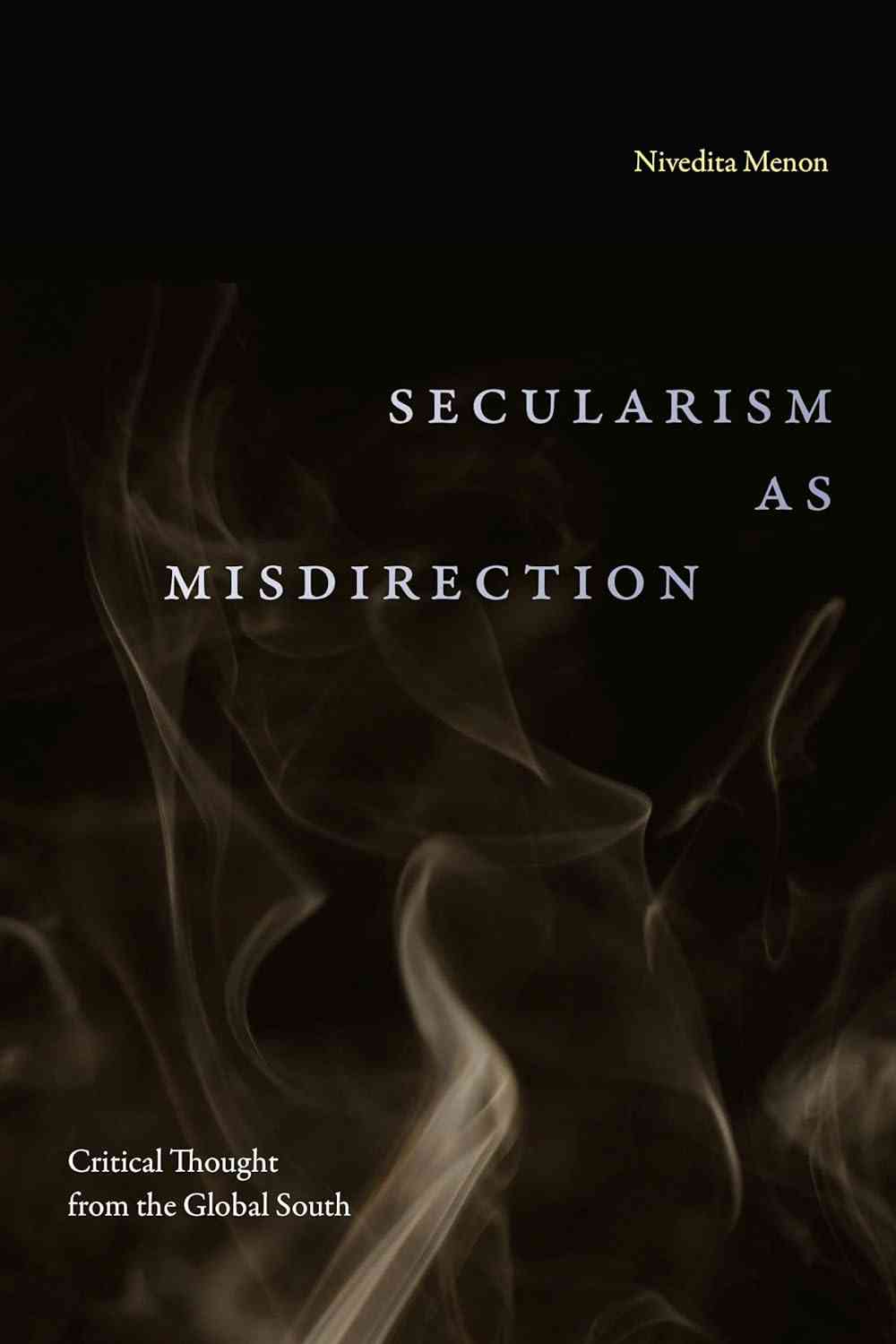

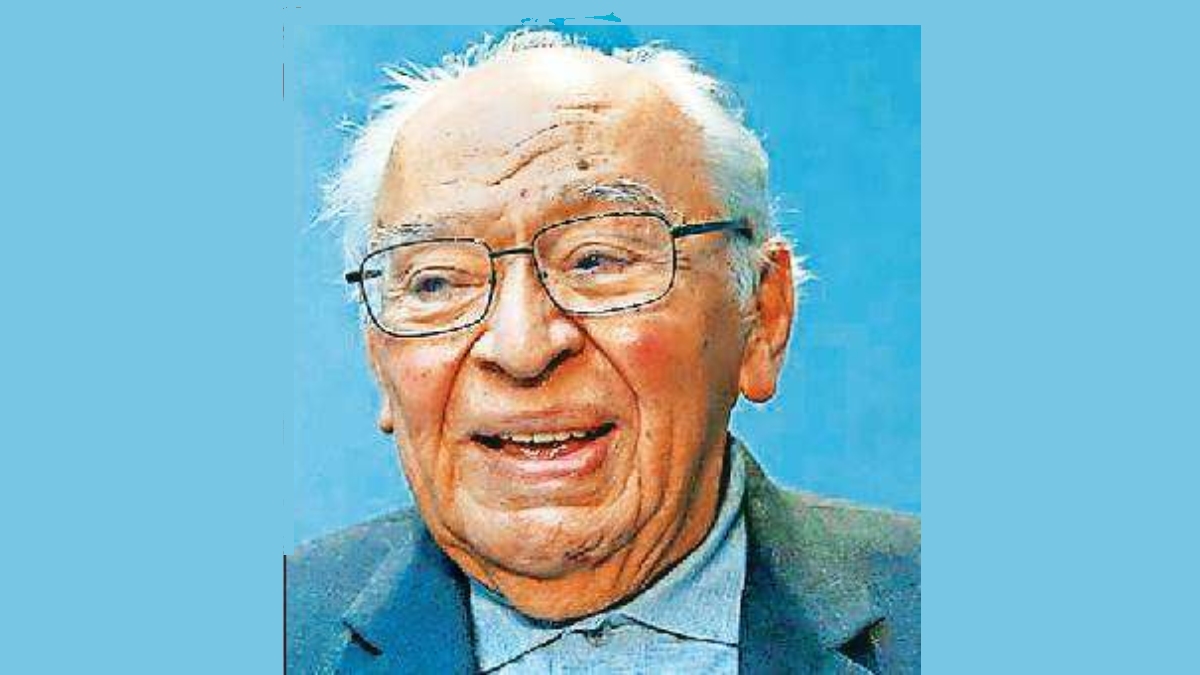
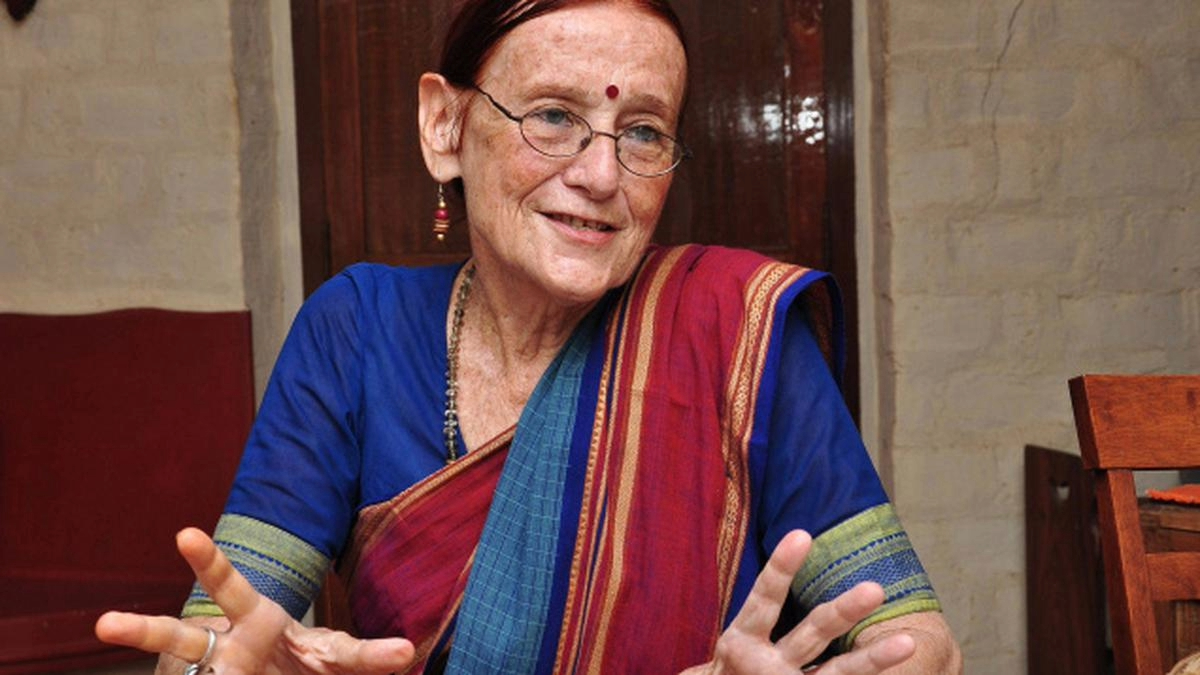
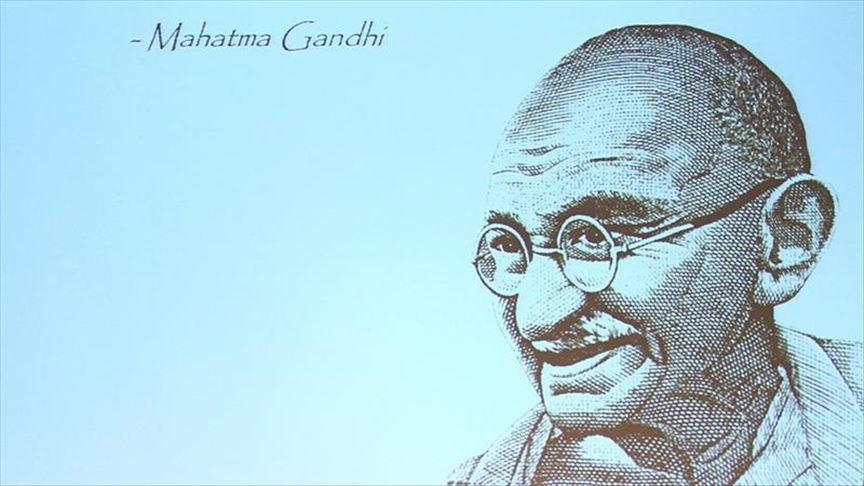
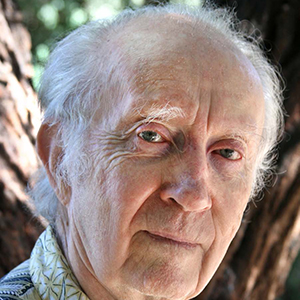
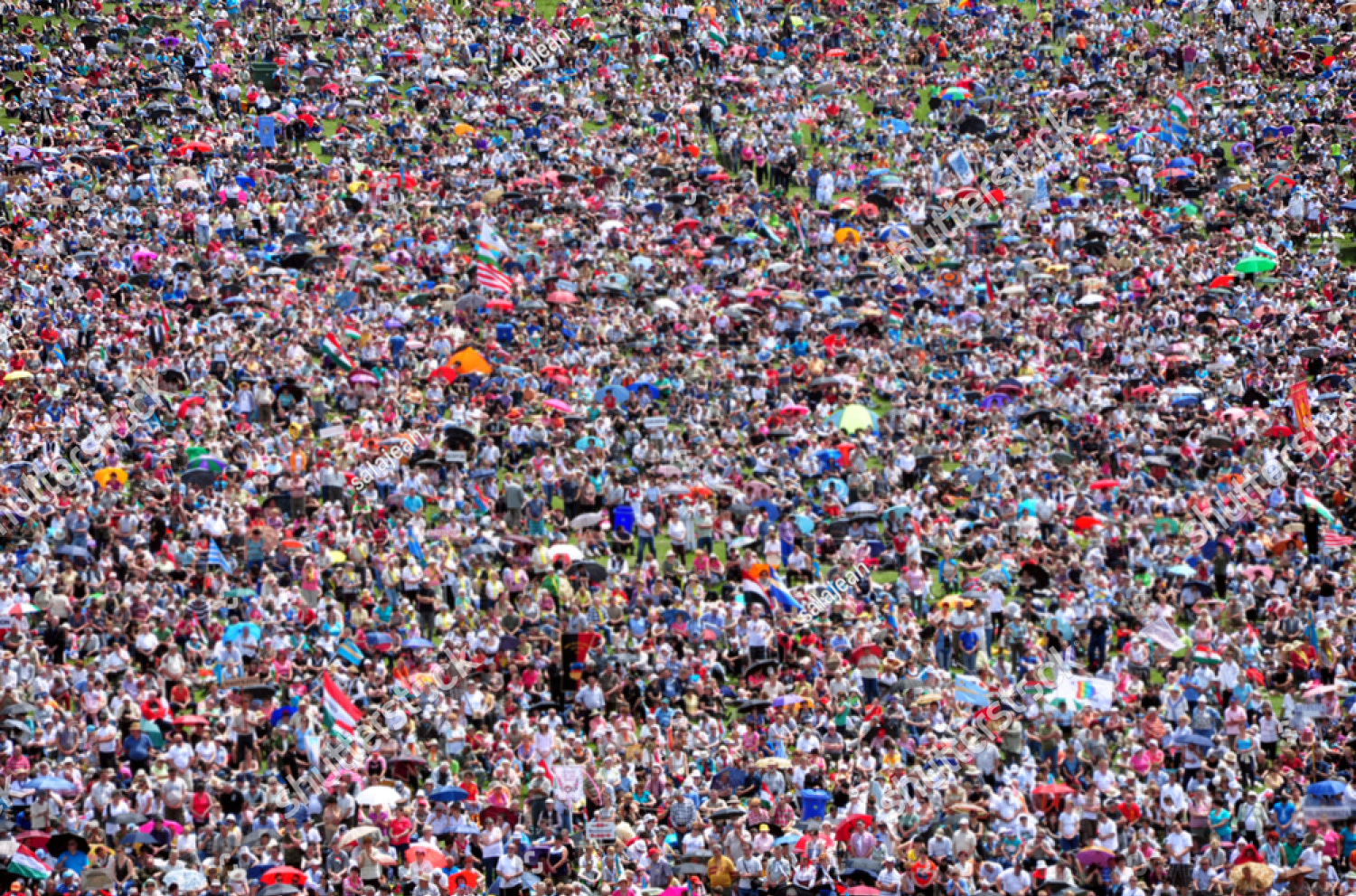

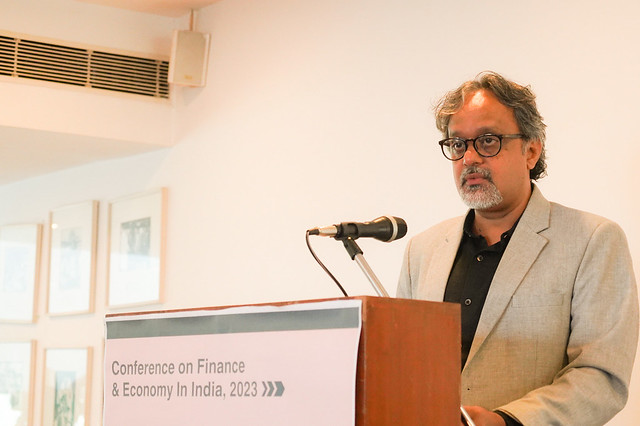


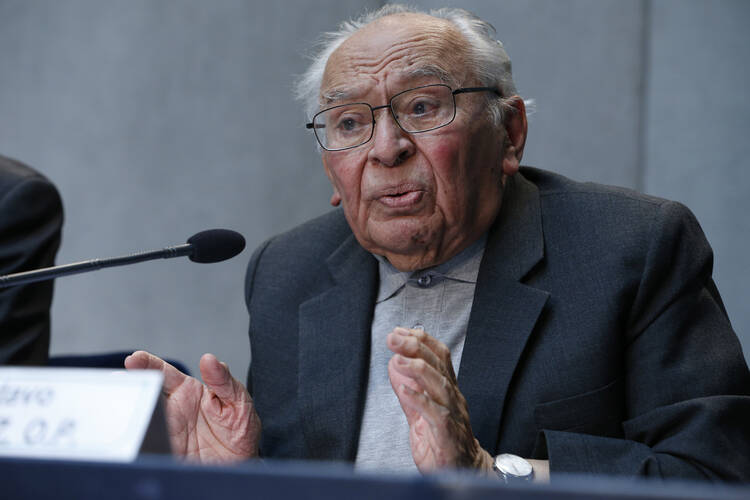
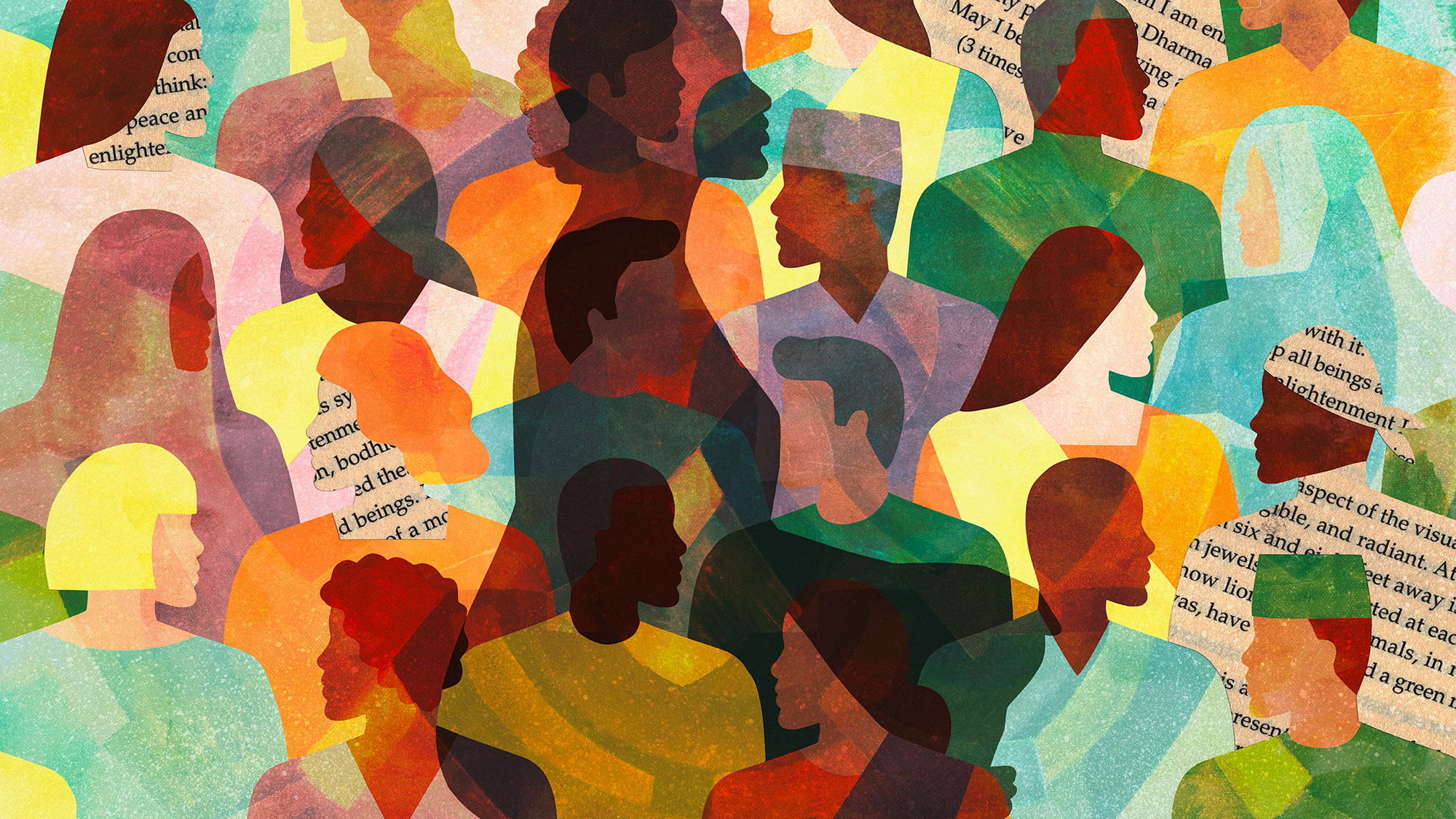
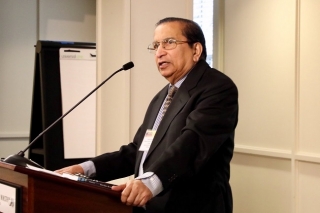

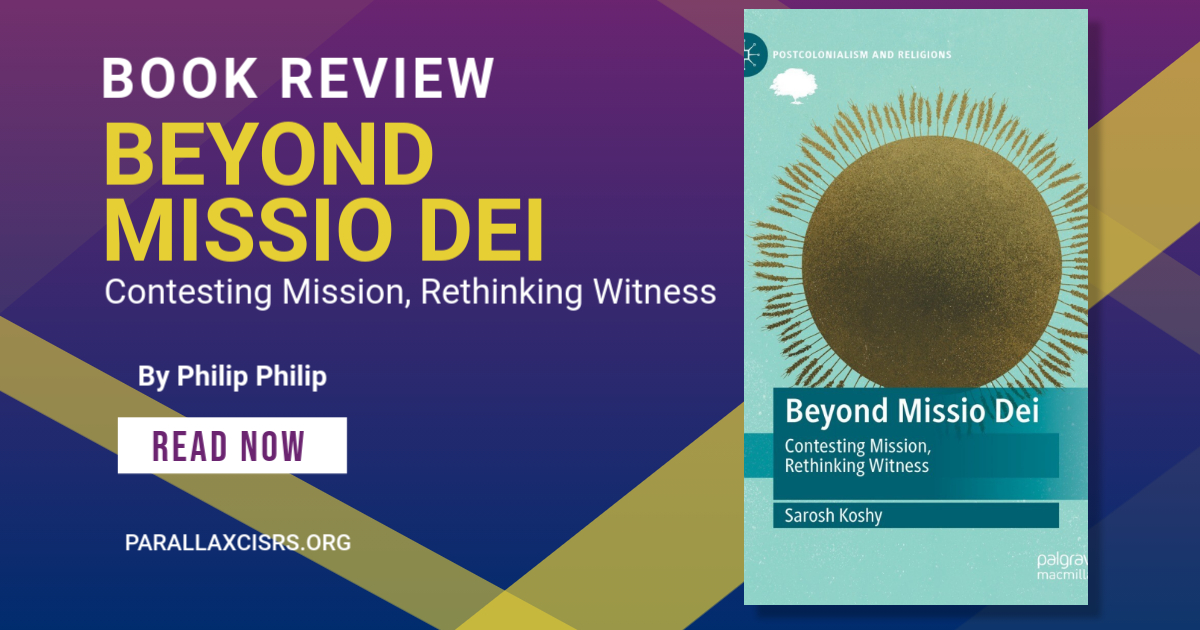

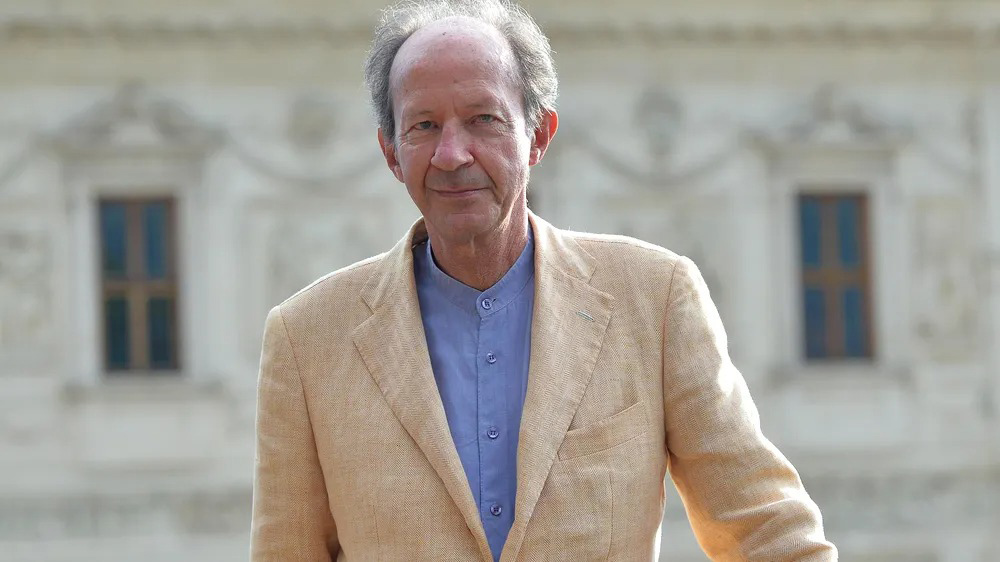
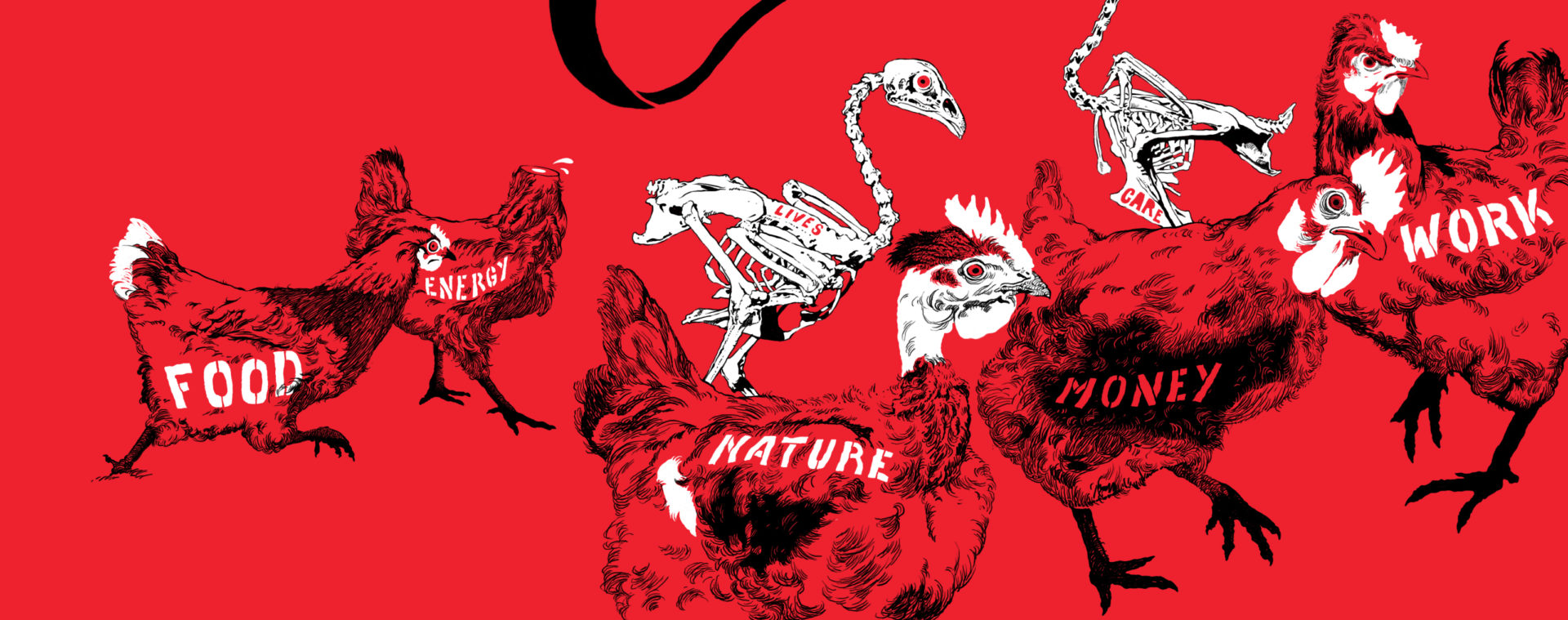
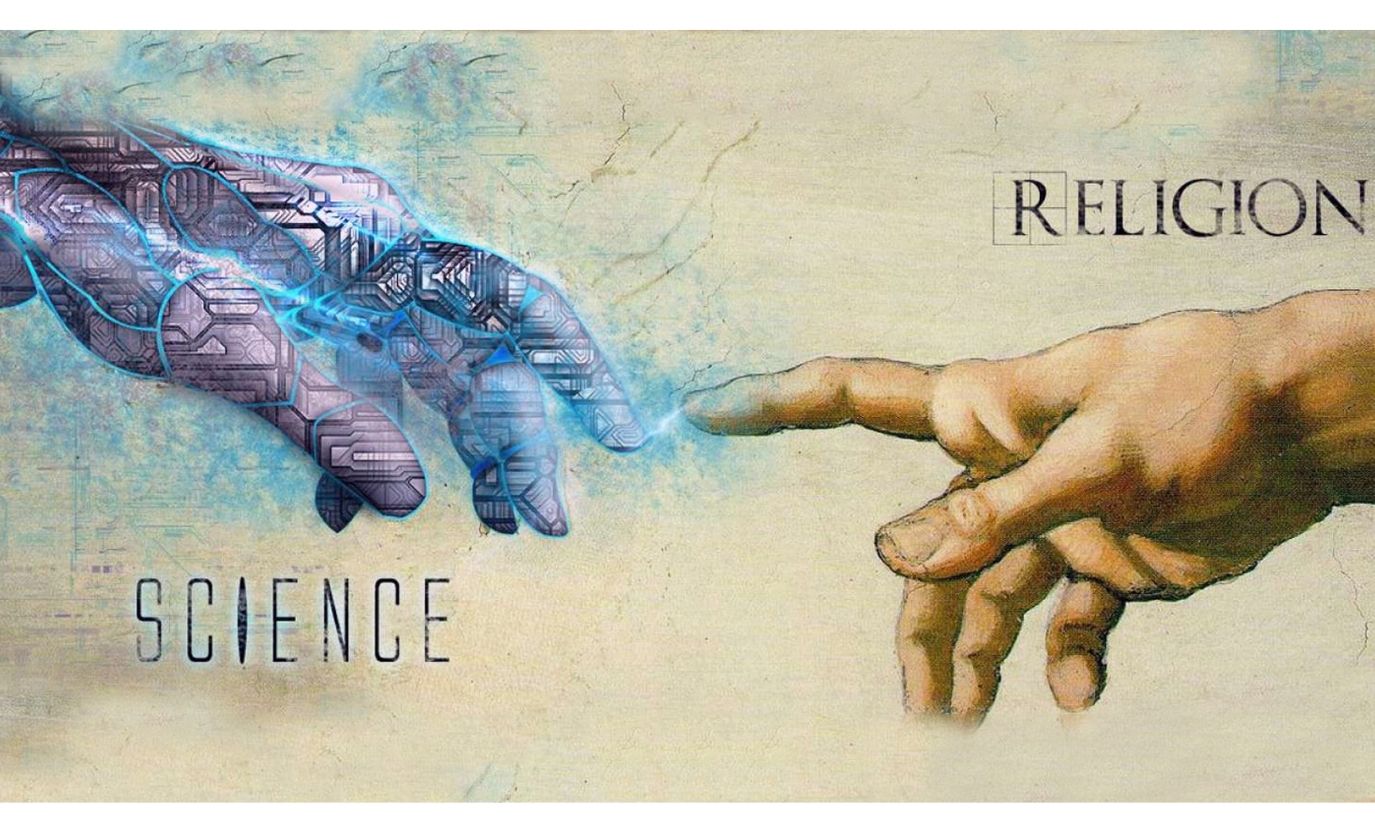
Comments
No Comments